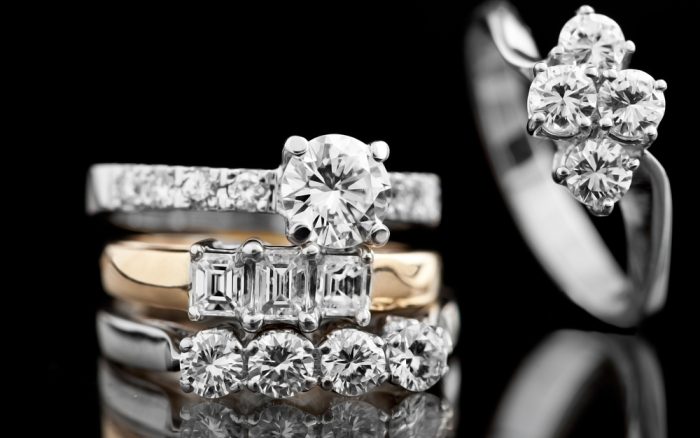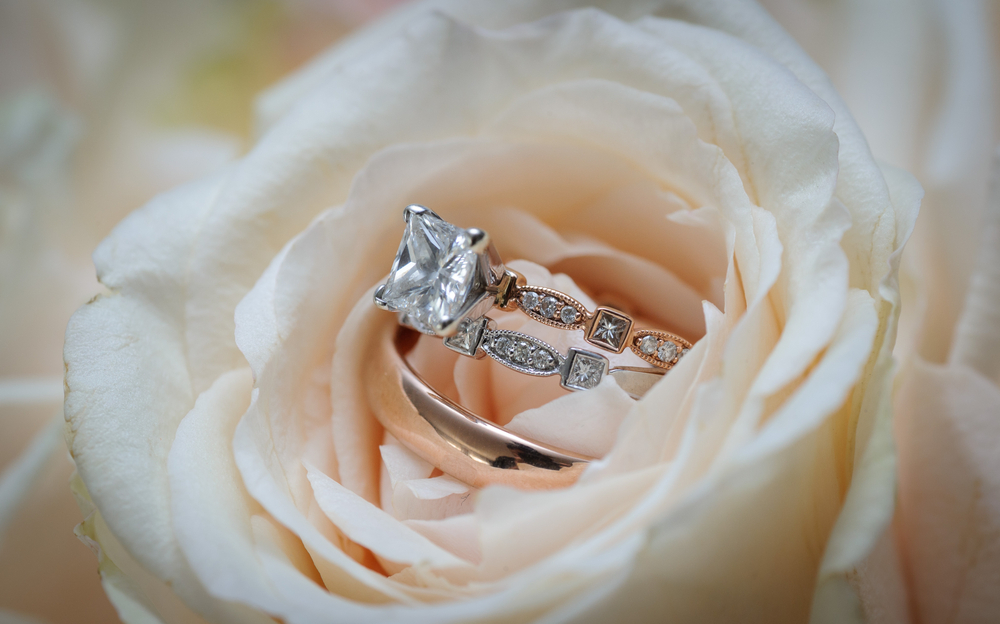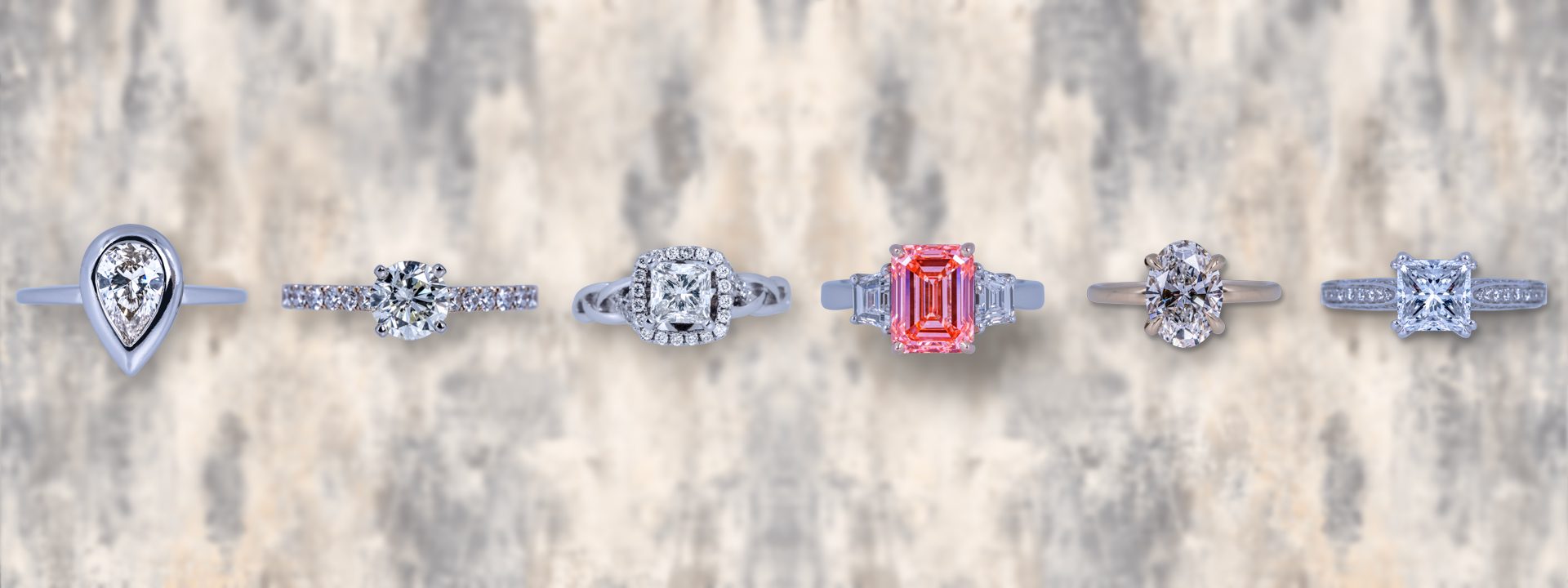Surprisingly, we find ourselves five months into the New Year. Amidst the distraction of stunning jewelry, we’ve closely observed emerging 2024 engagement ring trends. The past year brought us floral motifs, diamond accents, and rose gold settings. While some trends remain popular, this year introduces a few new styles. Let’s explore what’s hot in 2024-based engagement rings.
Colored Diamond & Gemstone Centers
Over recent years, colored gemstone engagement rings have increased in popularity, a trend continuing today. Favorites comprise sapphires in varied hues, yellow diamonds, and morganite. But the choice of color is entirely up to you! From a distinctively colored center stone to tinted gemstone accents, the color splash on your ring will make a striking impression. It’s crucial, however, to select a durable gemstone that can endure daily wear and retain its elegant shine for a lifetime.
Solitaire Settings
Renowned for their classic style, solitaire engagement ring settings were first introduced by Tiffany & Co. in 1886, accentuating the stone’s beauty and setting a trend. Despite its historical popularity peaking in the 1900s, multi-stone settings took the lead in the 2000s-2010s. However, the 2020s have witnessed a resurgence in solitaire settings’ popularity, particularly with oval cut stones. For an extra touch of sparkle in your solitaire setting, consider bands embedded with diamonds!


Unique Styles
The ever-classic round brilliant cut will perhaps perpetually dominate engagement ring trends. However, a dynamic shift towards unique styles and shapes, particularly pear and oval cuts, is evident. Boasting similar facet patterns and cutting techniques, these shapes add a contemporary spin on the traditional round diamond. The royal engagement and wedding of Prince Harry and Meghan Markle have notably boosted the allure of three-stone rings—these exquisite pieces symbolize a couple’s past, present, and future, imbuing them with an added layer of significance.
Diamond Cluster Rings
For those enchanted by sparkle and glamour, the trend of cluster engagement rings is quite compelling. A magnificently large central diamond nestles amidst a constellation of tinier diamonds, crafting an exquisite and captivating aesthetic. These cluster rings offer a vintage charm, ideal for the bride-to-be favoring a departure from conventional styles. A bonus—these clusters bestow an illusion of larger diamonds on your engagement ring!
At Leo Hamel Fine Jewelers, we spend our days helping couples pick out the perfect ring, so we see engagement ring trends firsthand. Without guidance, you can always stay up to date on trends too! Visit our jewelry store on San Diego Avenue to find your dream engagement ring. Whether it’s currently on trend or not, the goal is to find the ring that you will love for many years to come.

